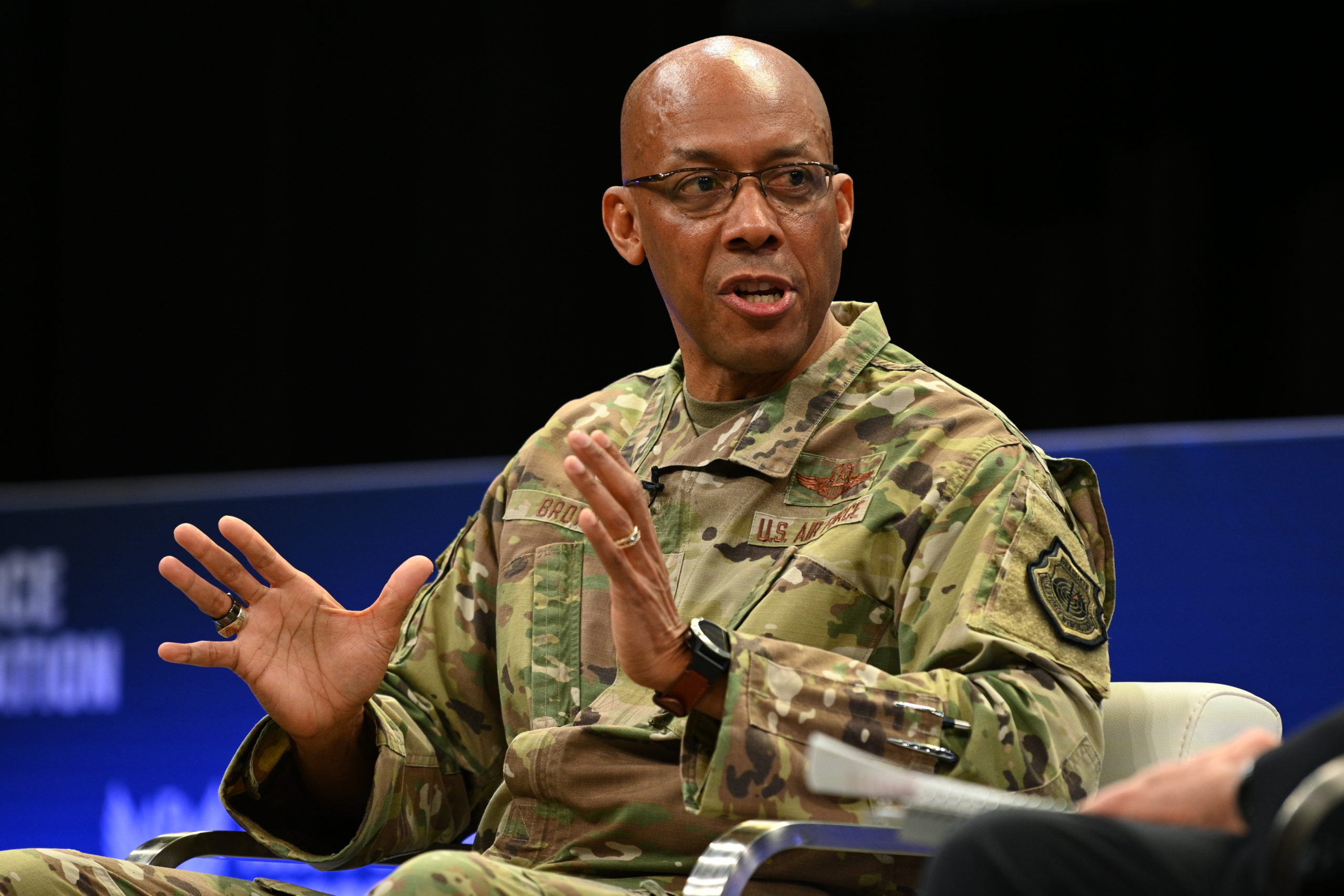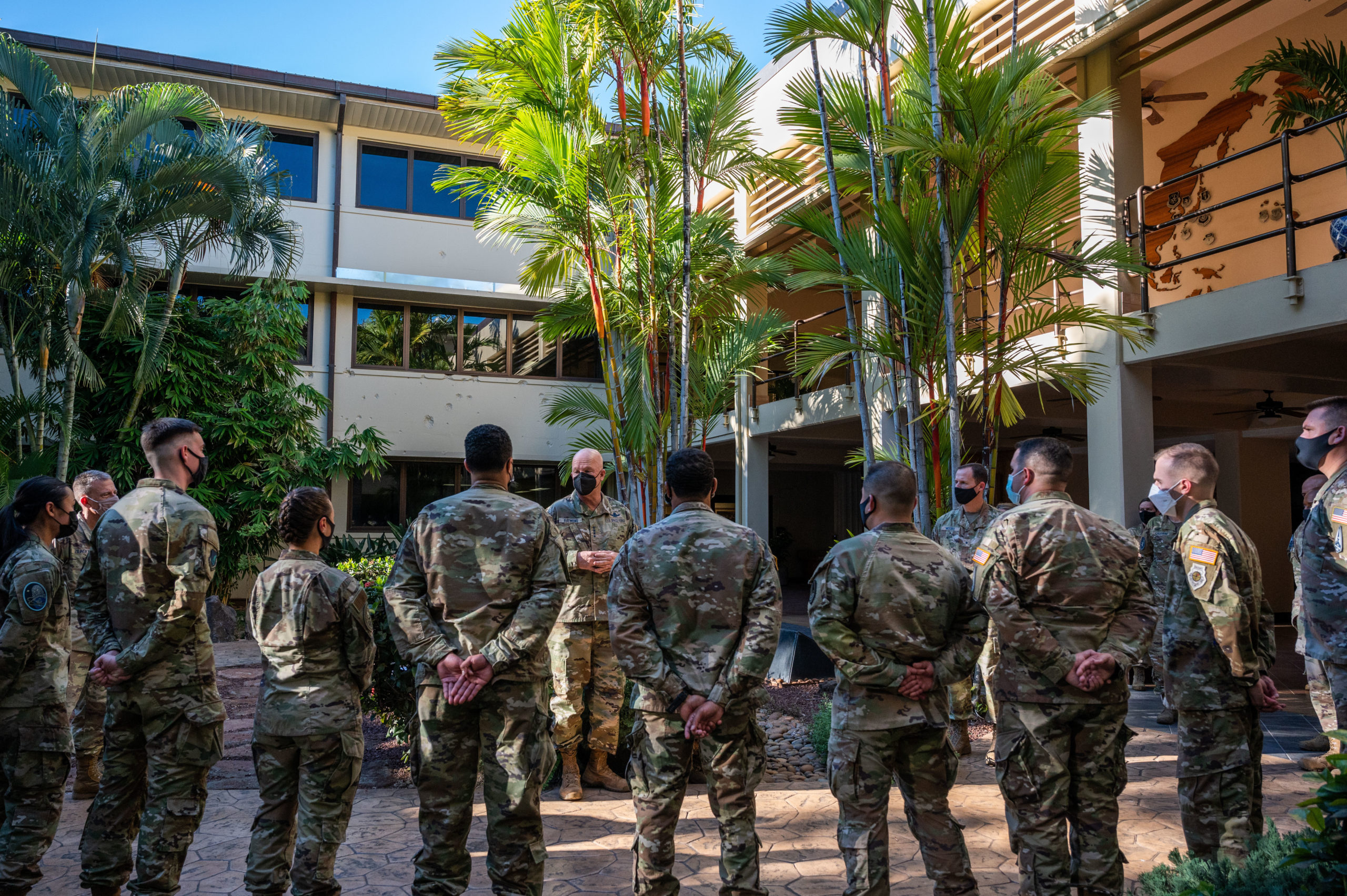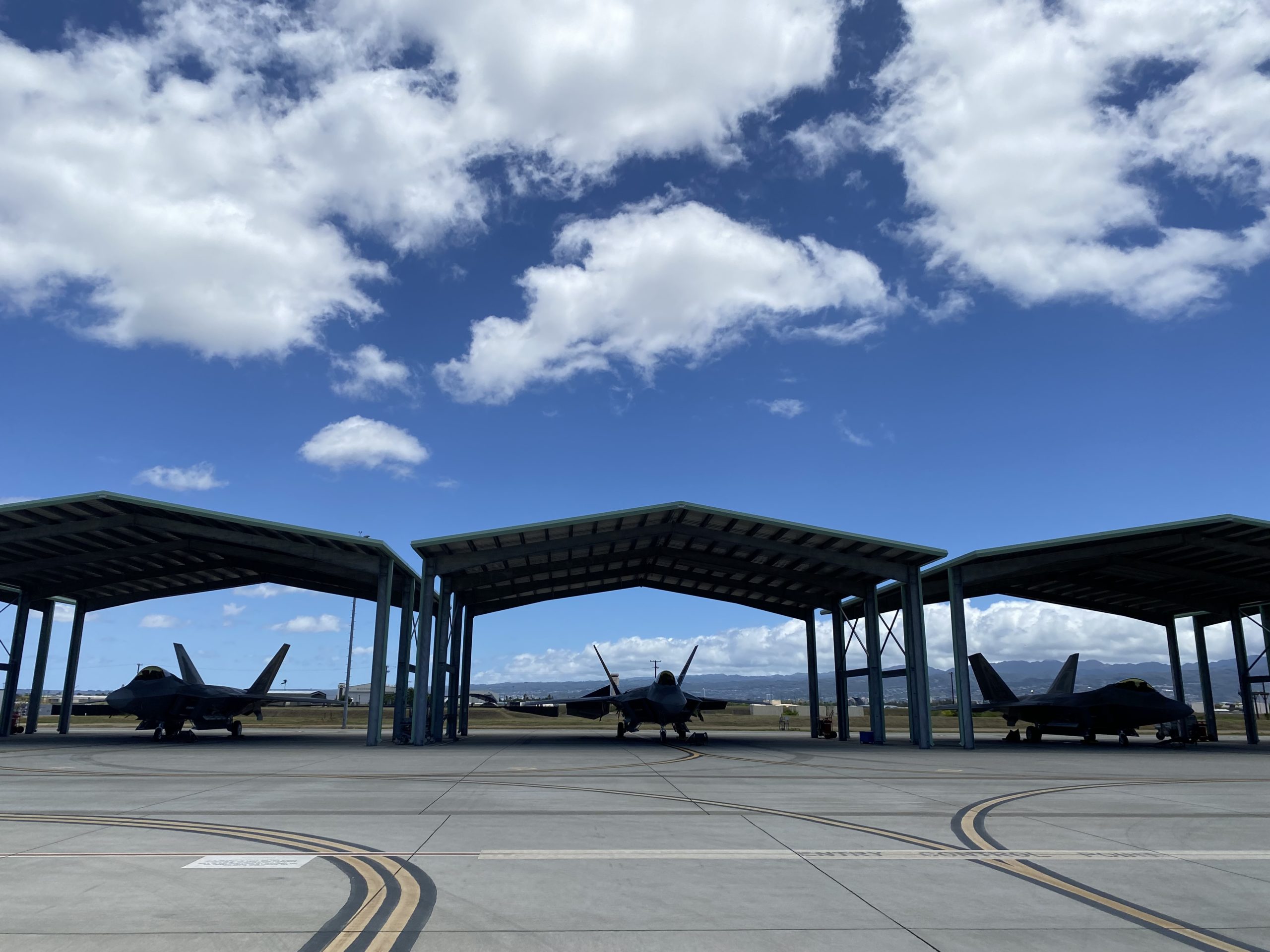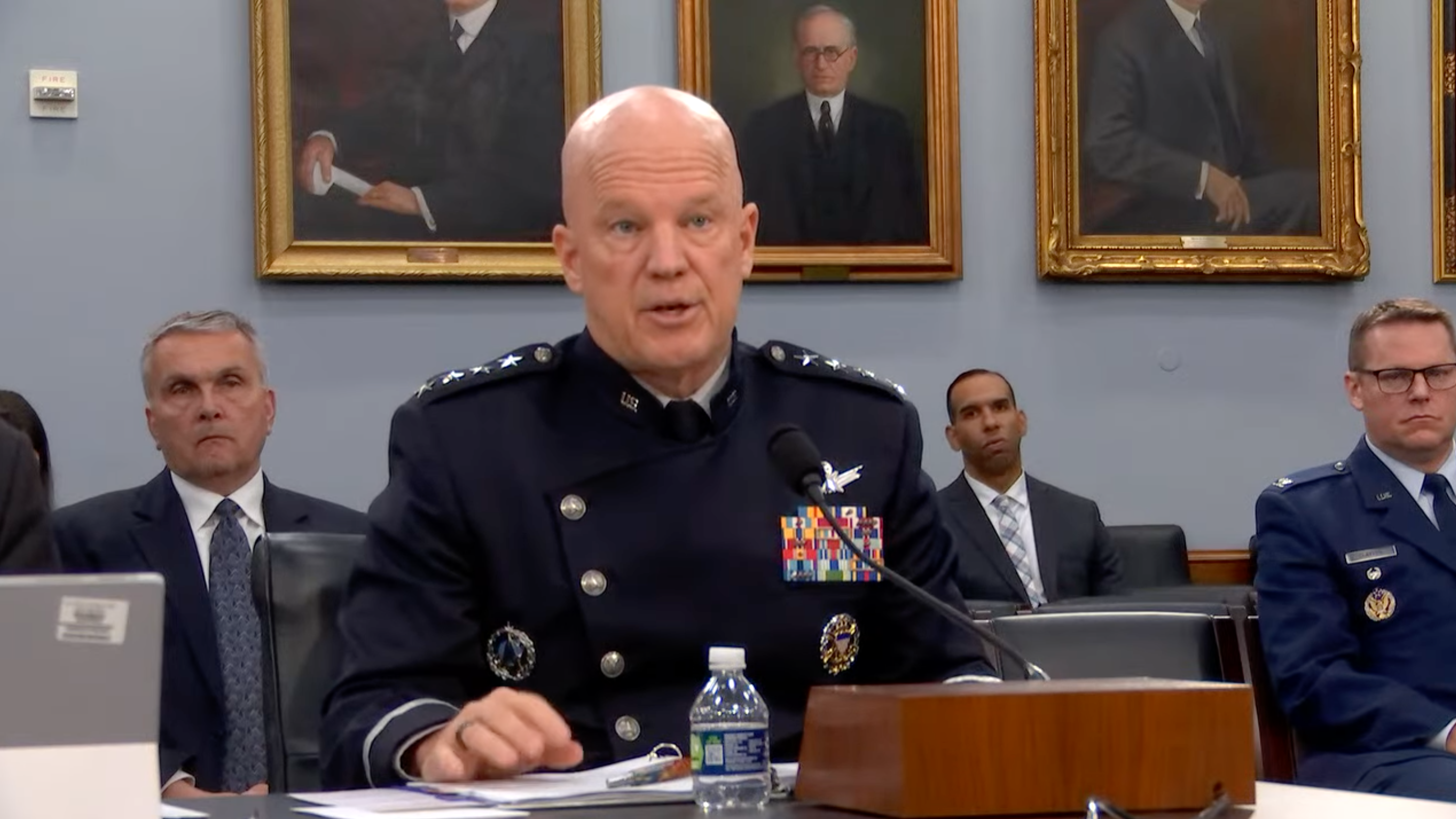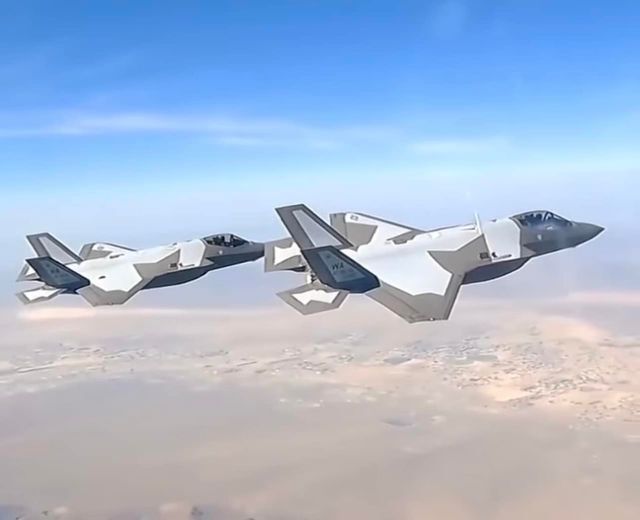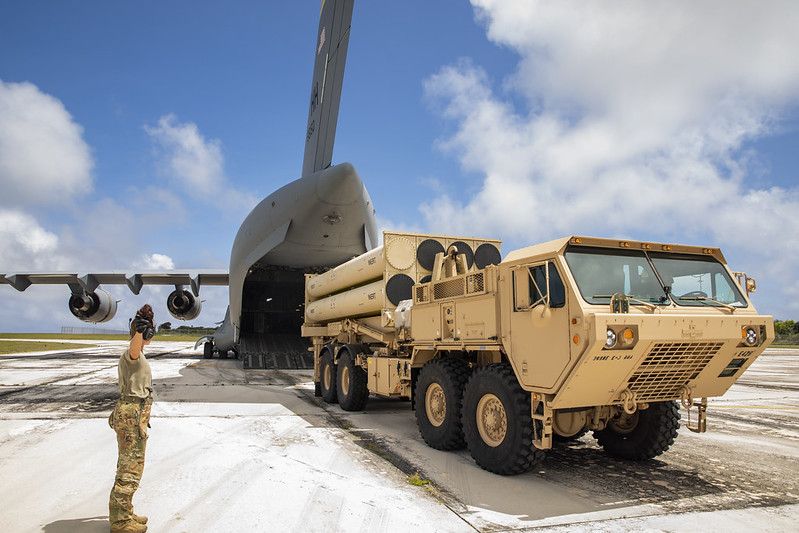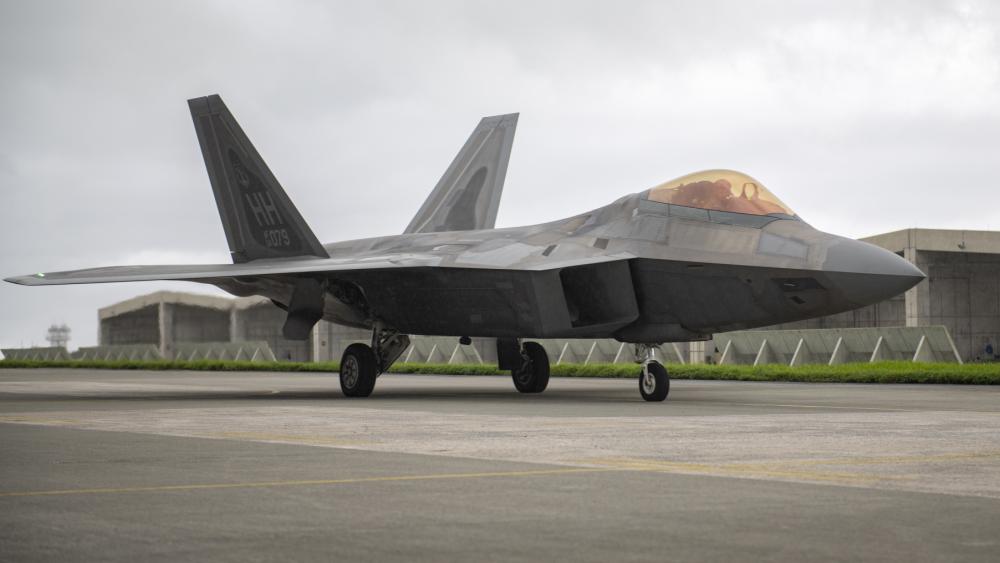The Air Force is trying to strike a balance between fight-tonight readiness and future capabilities, and the current situation offers the most favorable conditions to focus more on investment, Air Force Chief of Staff Gen. Charles Q. Brown Jr. said in a think-tank presentation.
“This is probably the best opportunity” to accept some risk in day-to-day readiness versus long-term investment, Brown said in a Hudson Institute streamed event. He also commented on how Russia is prosecuting its air war in Ukraine by keeping its air units close to ground units and not venturing far from them.
The Air Force has to “balance risk over time,” Brown said, and trade off the needs of the service with those of combatant commanders, who are charged with developing here-and-now operational plans, Brown said.
“I don’t think the combatant commanders should take all the risk,” he said, nor should the services, which are trying to prepare for the future.
“If we had a rheostat where we could move things back and forth, you could see, this is probably the best opportunity to do this,” Brown said. He also said the services should not all be “in a bit of a valley” at the same time, with regard to readiness or investment.
“That’s why it’s important for the Joint Force to see ourselves” as a whole, he said.
Brown has previously argued for new metrics to assess readiness, and he did again, saying, “the way we measure readiness … is usually based on availability of platforms and trained Airmen … but if you continue to use it at this rate today, what’s it going to look like tomorrow? That part, I think we need to do a better job on.”
The services should constantly be asking themselves, “What do you need to be ready for?” he said.
“I just think we can do this better. We have data, we have tools … and models” that can better assess readiness, he said, “and do a little better job at forecasting, which will inform your decisions … and see what the future may look like.”
He argued for revamping the Global Force Management system, saying that when he was at U.S. Central Command, heavy use was made of carrier battle groups, but he was told that continuing to use them at that rate would result in shortages later.
“We don’t pay attention to things over time to see the readiness trends,” he said. “You may drive yourself into the valley … and wonder how you got here.”
Brown said he’s made a point to engage with members of Congress and their staffs on various Air Force initiatives, to explain what the service is thinking and doing, and why. Asked if he believes his “4+1” fighter plan will be allowed to proceed, Brown said, “I think it will.” The security situation is changing, calling for “increasing dialog,” he said, but he believes Capitol Hill is onboard.
“We’ve been pretty successful for the last two years” in getting Congress to go along with the Air Force’s plans, he said.
He said he has also impressed on all levels of the service the need to “be all on the same page in terms of our message” so that Congress gets a unified perspective from the service. He has told commanders to look beyond their “functional areas” and see things “across the enterprise … What’s best for the United States Air Force.” That was successful in the last National Defense Authorization Act, “and you’re seeing [that] … again in this round, this year.”
Brown declined to say whether he sees a greater emphasis on long-range strike, again saying he’s trying to find the “sweet spot … mix of capability and capacity.” Shorter-range assets such as fighters will be important for the “campaigning” aspect of the new National Defense Strategy, he said, as they provide an opportunity to work with partners and allies. Both long- and short-range platforms will have greater utility with longer-ranged weapons that are in development, he said.
The Advanced Battle Management System (ABMS) will be crucial, though, “to not only get the information for almost all those targets” but passing that information on to “those long strike platforms or a shorter-range fighter.”
Finding that sweet spot entails constant wargaming and analysis, he said, and is subject to frequent change.
“Moving the levers back and forth” of investment in capability versus readiness will provide the best possible answer, but no plan is perfect, and no plan “survives contact” with an enemy, Brown allowed.
Brown was asked if the Air Force is doing any “lessons learned” analysis of Russia’s campaign in Ukraine, and he said that effort is ongoing.
“How we would do it,” Brown said, is to attack air defenses and establish air superiority over a broad area of operations where U.S. ground forces were operating.
“That’s not the way the Russians have operated,” though, he said. Russian forces have kept their air forces “more closely [to] where they had ground superiority. So, based on their doctrine, they’ve stuck … where their ground forces are, and don’t venture very far from them.”
The Ukrainians have been successful in denying air superiority to Russia in part by not keeping their air defenses “static,” Brown said.
“They stay fairly dynamic, which made it more difficult” for Russia to find and destroy Ukrainian air defense systems.
“If you can’t do dynamic targeting very well, you’re going to have a hard time,” he said. This is “something we do, I think, … really well. And something we’ll continue to work on.”
He also expressed surprise that Russia is having such a hard time countering Ukrainian air defenses, noting that they are Russian-made systems.
“They’re going against their own” system, he said. “They should know how to defeat them.”
